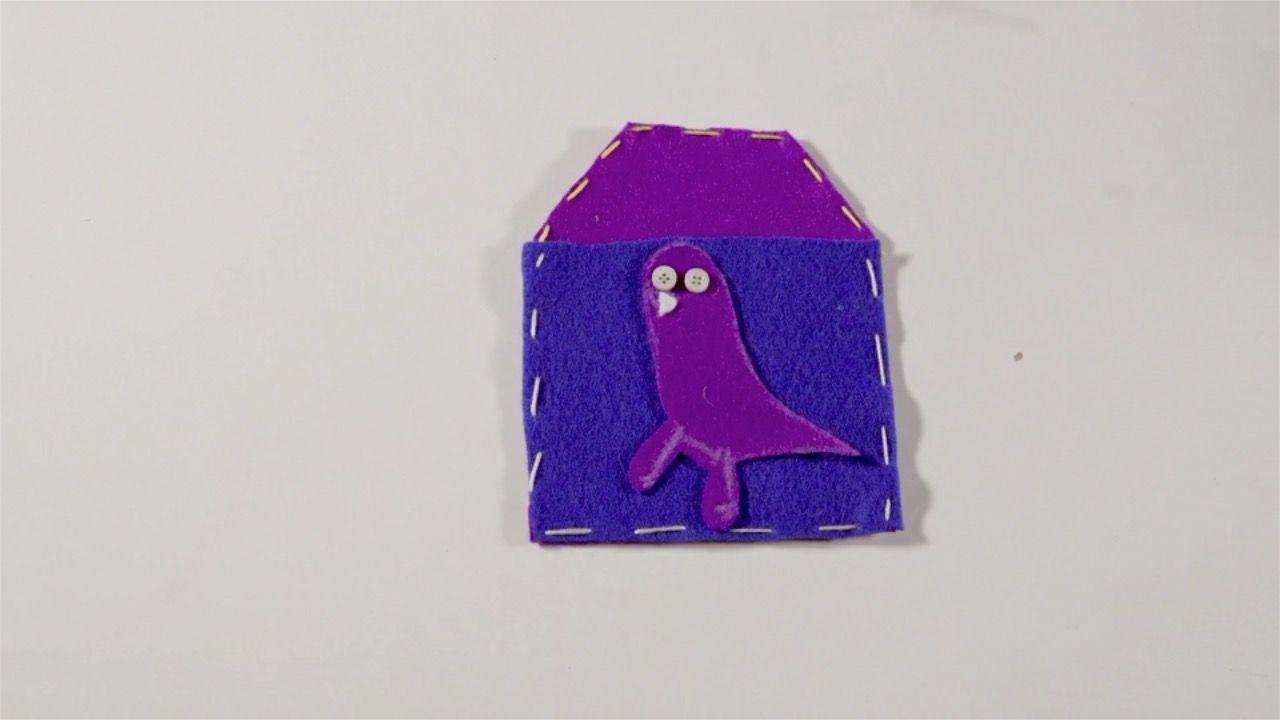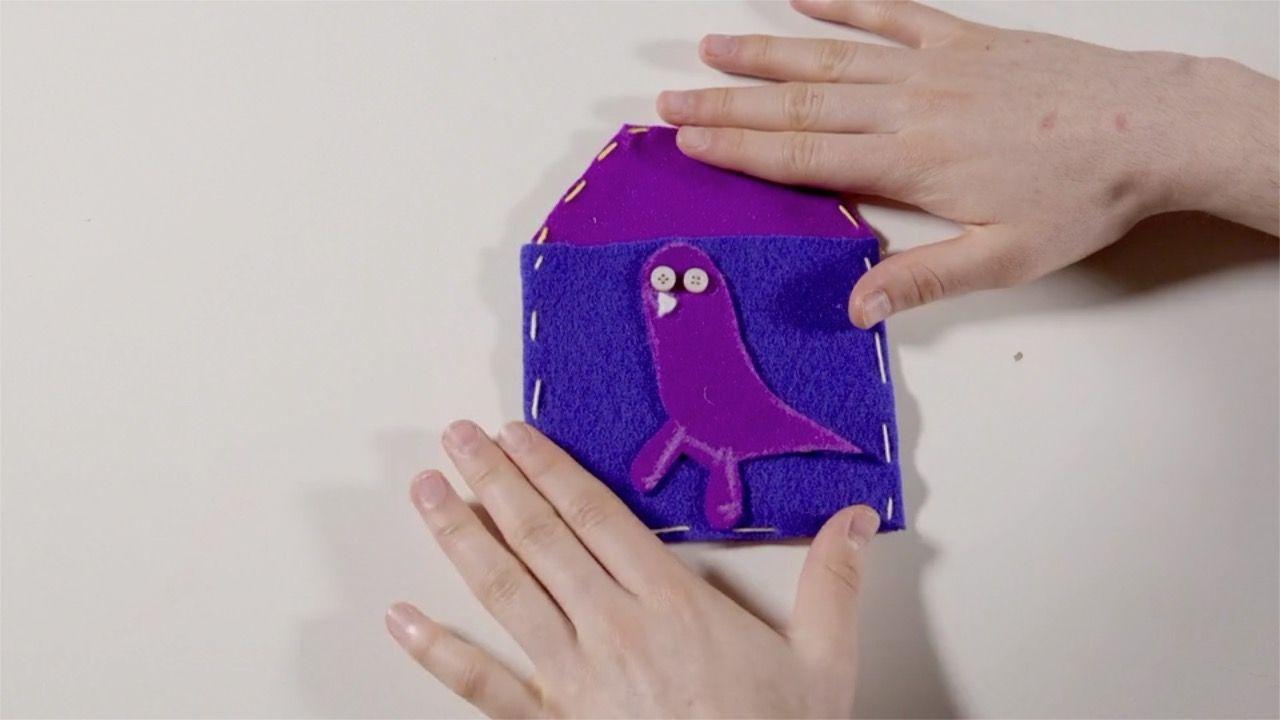Learning objective
- To sew a running stitch.
Success criteria
- I can thread a needle.
- I can sew a
This content is for subscribers only. Join for access today.
National curriculum
Design and technology
Make
Pupils should be
This content is for subscribers only. Join for access today.
Cross-curricular links
- Nothing relevant to this lesson.
This content is for subscribers only. Join for access today.
Before the lesson
This content is for subscribers only. Join for access today.
Lesson plan
Recap and review
Before starting this unit, you might want to check that the children can recall that: ‘Joining technique’ means connecting two pieces of material together. There are different techniques for joining materials. Templates are used to cut out the same shape multiple times.
This content is for subscribers only. Join for access today.
Extended-mode explainer videos
How to extend your display to view the lesson page and preseantion mode simultaneously. Choose your operating system below to watch the video
If you need further support with extending your display,
please contact [email protected].
Extended-mode explainer video: For Mac
Extended-mode explainer video: For Windows
Adaptive teaching
Pupils needing extra support:
May need support threading the needle and tying the knots.
Pupils working at greater depth:
May try sewing a running stitch around a corner or on two pieces of fabric (to join them).
This content is for subscribers only. Join for access today.
Assessing progress and understanding
Pupils with secure understanding indicated by: sewing a running stitch with regular
This content is for subscribers only. Join for access today.
Vocabulary definitions
-
fabric
A natural or man-made woven or knitted material that is made from plant fibres, animal fur or synthetic material.
-
knot
A join made by tying two pieces of string or rope together.
This content is for subscribers only. Join for access today.
In this unit
Assessment - D&T Y2: Pouches
Lesson 1: Running stitch
Lesson 2: Using a template
Lesson 3: Making a pouch
Lesson 4: Decorating a pouch





